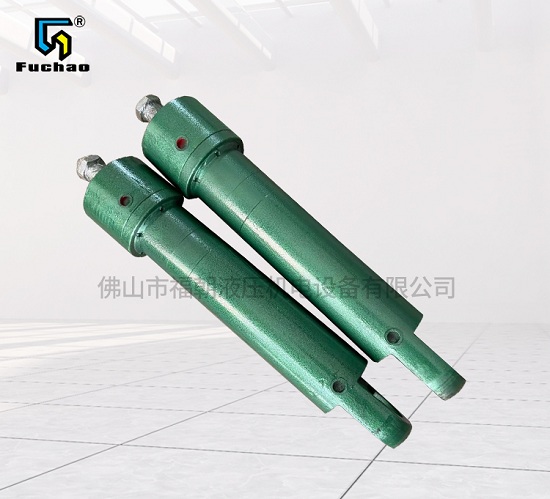Oil cylinder manufacturer The steps of structural inspection usually include the following stages:
1. Design phase:
In the design phase, the manufacturer needs to develop the design scheme of the oil cylinder according to the user's needs and the required use environment.
The design scheme shall include the size, material, load and other important parameters of the oil cylinder.
2. Material procurement stage:
In the material procurement phase, the manufacturer needs to purchase materials according to the requirements of the design scheme.
The quality of materials plays a key role in the structural strength and life of the oil cylinder, so manufacturers need to select high-quality materials.
3. Manufacturing stage:
In the manufacturing phase, the manufacturer will start to manufacture the oil cylinder according to the design scheme and the required materials.
During the manufacturing process, the manufacturer needs to strictly comply with the requirements of the design scheme to ensure that the size and structure of the oil cylinder meet the standards.
4. Assembly and welding stage:
In the assembly and welding stage of the oil cylinder, the manufacturer will assemble and weld the manufactured parts.
At this stage, it is necessary to ensure the accuracy and connection strength of the parts to ensure that the structure of the cylinder is firm.

5. Surface treatment stage:
In the surface treatment stage, the manufacturer will treat the outer surface of the oil cylinder to improve its corrosion resistance and beauty.
Surface treatment methods can include spraying, galvanizing, electroplating, etc.
6. Inspection and test phase:
In the inspection and testing phase, the manufacturer will conduct various performance tests and structural inspections on the oil cylinder.
The test items include the bearing capacity, sealing performance and wear degree of the oil cylinder.
At the same time, the manufacturer will also conduct appearance inspection to ensure that the appearance of the oil cylinder is free of defects.
7. Commissioning stage:
In the trial run stage, the manufacturer will test the performance of the oil cylinder in the actual working environment.
The purpose of the trial run is to verify whether the structure of the oil cylinder is stable, and to find problems and repair them.
This stage is usually a long process, which requires patient and careful observation.
8. Regular maintenance:
Once the oil cylinder is officially put into use, the manufacturer needs to maintain it regularly to ensure the stability and reliability of its structure.
Maintenance work includes lubrication, seal replacement, parts inspection, etc.
The purpose of maintenance is to extend the service life of oil cylinder and prevent accidents.
Through the above steps, the oil cylinder manufacturer can conduct a comprehensive structural inspection on the oil cylinder produced by him to ensure that the product quality and performance meet the requirements. This can ensure the safety and reliability of the oil cylinder in actual use, and improve user satisfaction.




